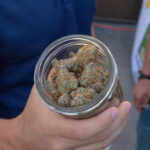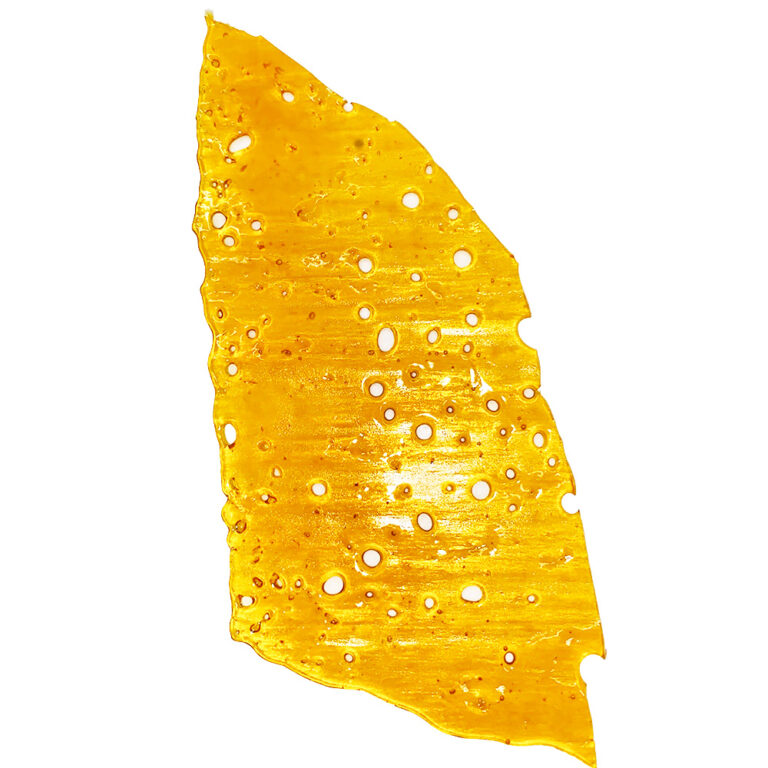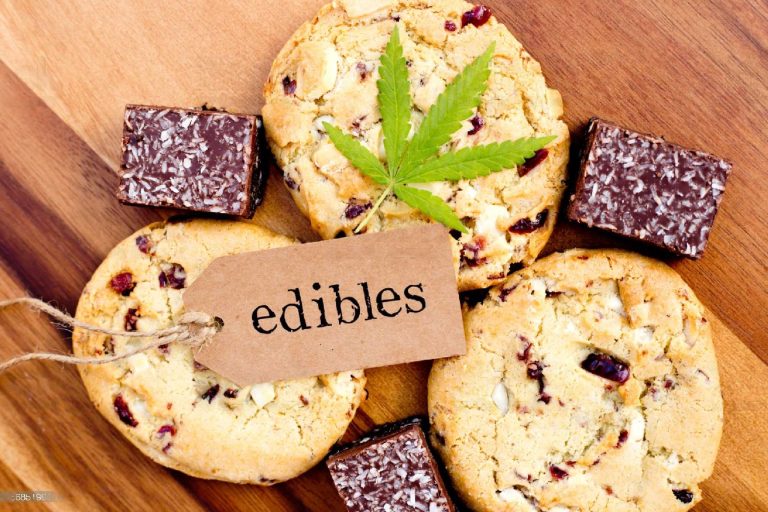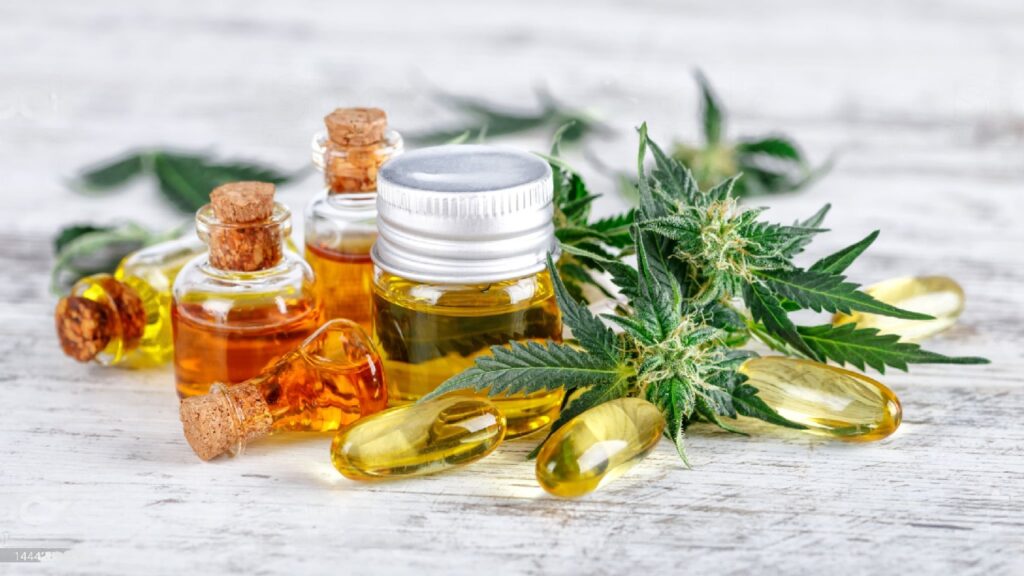
Cannabis has been used for medicinal, recreational, and spiritual purposes for thousands of years. In recent years, it has become increasingly popular as more and more countries and states legalize its use. Cannabis contains over 100 cannabinoids, including the two most well-known and studied compounds, tetrahydrocannabinol (THC) and cannabidiol (CBD). There are many different forms of cannabis products available today, each with its own unique uses and benefits.
Flowers
Cannabis flowers, also known as buds, are the most recognizable and traditional form of cannabis. The flowers are harvested from the female cannabis plant and contain the highest concentration of cannabinoids, including THC and CBD, which are responsible for the plant’s psychoactive and therapeutic effects. Cannabis flowers can be consumed in a variety of ways, including smoking, vaporizing, or using them to make edibles or other cannabis products.
There are thousands of cannabis strains, each with its unique properties, flavors, and effects. Some of the most popular strains include:
- Sativa – Sativa strains are known for their uplifting and energizing effects. They are typically consumed during the day and can provide a boost of creativity and focus.
- Indica – Indica strains are known for their relaxing and sedative effects. They are typically consumed in the evening and can help with sleep and relaxation.
- Hybrid – Hybrid strains are a combination of Sativa and Indica genetics. They can provide a balance of both uplifting and relaxing effects.
How to Use Cannabis Flower
There are many different ways to consume cannabis flowers, including:
- Smoking – Smoking cannabis flowers is the most traditional and popular method of consumption. The flowers can be rolled into a joint or packed into a pipe or bong and smoked.
- Vaporizing – Vaporizing is a healthier alternative to smoking. It involves heating the flowers to a temperature that releases the cannabinoids without burning the plant material.
- Edibles – Cannabis flowers can be used to make edibles, such as brownies, cookies, or gummies. The flowers are typically decarboxylated (heated) to activate the cannabinoids and then infused into the food or drink.
Benefits and Side Effects
Cannabis flowers can provide many benefits, including pain relief, relaxation, stress relief, and improved mood. The effects can vary depending on the strain and the individual’s tolerance and metabolism. Cannabis flowers can also have side effects, such as dry mouth, red eyes, and increased appetite. In rare cases, cannabis can cause anxiety or paranoia, especially in high doses or for individuals who are sensitive to THC.
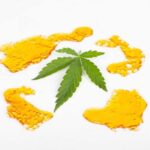
Concentrates
Concentrates are a potent form of cannabis that contains a high concentration of cannabinoids, such as THC or CBD. Cannabis concentrates are made by extracting essential oils from the cannabis plant using solvents like butane, CO2, or ethanol. The resulting product is a highly concentrated form of cannabis that can be consumed in various ways, including dabbing, vaporizing, or infusing into edibles.
Types of Cannabis Concentrates
- Wax – Wax is a type of cannabis concentrate that has a sticky, waxy texture. It is made by extracting the essential oils from the cannabis plant using solvents like butane or CO2. Wax contains a high concentration of THC and is typically consumed by dabbing.
- Shatter – Shatter is a type of cannabis concentrate that has a brittle, glass-like texture. It is made using the same extraction process as wax, but it is cooled at a lower temperature to create a more rigid structure. Shatter contains a high concentration of THC and is typically consumed by dabbing.
- Crumble – Crumble is a type of cannabis concentrate that has a soft, crumbly texture. It is made using the same extraction process as wax, but it is whipped or agitated during the purging process, creating a crumbly texture. Crumble contains a high concentration of THC and is typically consumed by dabbing.
- Rosin – Rosin is a type of cannabis concentrate that is made by applying heat and pressure to cannabis flowers, kief, or hash to extract the essential oils. Rosin does not require solvents, making it a safer and more natural form of concentrate. It can be consumed by dabbing or vaporizing.
- Distillate – Distillate is a type of cannabis concentrate that has a liquid or syrupy consistency. It is made by distilling the essential oils from the cannabis plant using solvents like ethanol or CO2. Distillate is highly concentrated and can be consumed by dabbing or infusing into edibles.
How to Use Concentrates
Cannabis concentrates are consumed in various ways, including:
- Dabbing – Dabbing is a popular method of consuming concentrates that involves heating the concentrate on a hot surface and inhaling the vapor through a dab rig. Dabbing provides a quick and potent way to consume cannabis concentrates.
- Vaporizing – Vaporizing is a healthier alternative to dabbing or smoking. It involves heating the concentrate to a temperature that releases the cannabinoids without burning the plant material. Vaporizing provides a smoother and more flavorful way to consume cannabis concentrates.
- Infusing – Cannabis concentrates can be infused into edibles, such as brownies or gummies, to create a potent and long-lasting high. Infusing concentrates into edibles requires decarboxylation, which involves heating the concentrate to activate the cannabinoids.
Benefits and Side Effects
Cannabis concentrates provide many benefits, including potent and long-lasting effects, faster onset of effects, and a smoother and more flavorful consumption experience. However, concentrates can also have side effects, such as dry mouth, red eyes, increased appetite, and in rare cases, anxiety or paranoia.
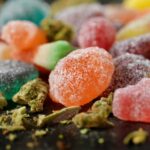
Edibles
Edibles are food products that have been infused with cannabis. They are a popular way to consume cannabis, especially for those who do not want to smoke or vaporize the plant. Edibles offer a discreet and convenient way to consume cannabis, and they can be made in various forms, including baked goods, candies, chocolates, gummies, and beverages.
Types of Cannabis Edibles
- Baked Goods – Baked goods are a popular form of cannabis edibles, including brownies, cookies, cakes, and muffins. They are easy to make and can be made in large batches, making them convenient for sharing with others.
- Candies – Cannabis-infused candies are a popular form of edibles that come in various flavors, shapes, and sizes. They are discreet and easy to consume, making them a popular choice for those who want to consume cannabis in public.
- Chocolates – Cannabis-infused chocolates are a popular form of edibles that come in various flavors and strengths. They are easy to consume and offer a sweet and enjoyable way to consume cannabis.
- Gummies – Cannabis-infused gummies are a popular form of edibles that come in various flavors, shapes, and strengths. They are easy to consume and offer a discreet and enjoyable way to consume cannabis.
- Beverages – Cannabis-infused beverages are a new and innovative form of edibles that come in various forms, including teas, coffees, sodas, and juices. They offer a discreet and convenient way to consume cannabis and can be enjoyed at any time of the day.
How Do Cannabis Edibles Affect the Body?
Cannabis edibles affect the body differently than smoking or vaporizing cannabis. When cannabis is consumed in edibles, it must pass through the digestive system before it is absorbed into the bloodstream. This means that the effects of edibles are slower to onset but last longer than smoking or vaporizing cannabis.
The effects of cannabis edibles can take anywhere from 30 minutes to 2 hours to onset, depending on the individual and the strength of the edible. The effects can last anywhere from 4 to 12 hours, depending on the dosage and the individual’s metabolism.
Benefits and Side Effects
Cannabis edibles offer many benefits, including a discreet and convenient way to consume cannabis, a longer-lasting high, and a more pleasant consumption experience. However, they can also have side effects, including dry mouth, red eyes, increased appetite, and in rare cases, anxiety or paranoia.
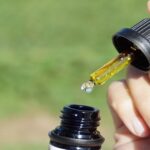
Tincture
Tincture is a liquid extract made from cannabis plant material that is typically mixed with alcohol, glycerin, or MCT oil. It is a popular alternative to smoking or vaporizing cannabis, and it offers a discreet and convenient way to consume cannabis.
How Does Cannabis Tincture Affect the Body?
Cannabis tincture affects the body differently than smoking or vaporizing cannabis. When cannabis tincture is consumed, it is absorbed into the bloodstream through the mucous membranes under the tongue, which allows for a faster onset of effects compared to edibles.
The effects of cannabis tincture can onset within 15 to 45 minutes, and they typically last for several hours. The effects can vary depending on the individual and the strength of the tincture, but they can include pain relief, relaxation, and a sense of euphoria.
Benefits and Side Effects
Cannabis tincture offers many benefits, including a discreet and convenient way to consume cannabis, a faster onset of effects compared to edibles, and a more controlled dosage compared to smoking or vaporizing cannabis. However, they can also have side effects, including dry mouth, red eyes, increased appetite, and in rare cases, anxiety or paranoia.
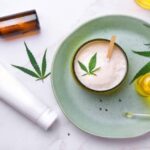
Topicals
Topicals are cannabis-infused products that are applied directly to the skin. They are a popular alternative to smoking or vaporizing cannabis, and they offer a discreet and convenient way to use cannabis for localized pain relief and other therapeutic purposes.
Types of Cannabis Topicals
- Balms – Cannabis balms are thick creams or ointments that are made by infusing cannabis into a carrier oil, such as coconut oil or shea butter. They are typically used for targeted pain relief and can be applied to sore muscles, joints, or other areas of the body that are experiencing discomfort.
- Lotions – Cannabis lotions are similar to balms, but they have a lighter consistency and are easier to spread on the skin. They are typically used for overall skin care, as well as targeted pain relief.
- Salves – Cannabis salves are similar to balms, but they are made with a higher concentration of cannabis and are typically more potent. They are used for targeted pain relief and can be applied to areas of the body that are experiencing severe discomfort.
- Transdermal Patches – Cannabis transdermal patches are small adhesive patches that are infused with cannabis and are designed to deliver a consistent dose of cannabinoids over a period of several hours. They are typically used for localized pain relief, as well as other therapeutic purposes.
How Do Cannabis Topicals Work?
Cannabis topicals work by interacting with the body’s endocannabinoid system, which plays a role in regulating pain, inflammation, and other physiological processes. When cannabis topicals are applied to the skin, the cannabinoids and other beneficial compounds are absorbed through the skin and interact with the endocannabinoid receptors in the body.
Unlike other forms of cannabis consumption, such as smoking or vaporizing, cannabis topicals do not produce a psychoactive high. This is because the cannabinoids do not enter the bloodstream and do not reach the brain. Instead, they work locally to provide targeted pain relief and other therapeutic benefits.
Benefits and Side Effects
Cannabis topicals offer many benefits, including localized pain relief, reduced inflammation, and improved skin health. They are also a convenient and discreet way to use cannabis, as they do not produce a psychoactive high. However, they can also have side effects, including skin irritation or allergic reactions. It is important to test a small area of skin before using a cannabis topical and to discontinue use if any adverse reactions occur.

